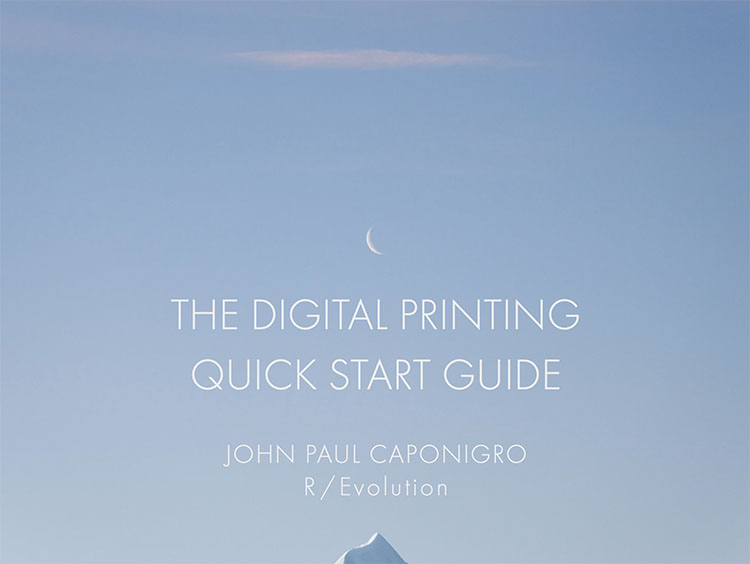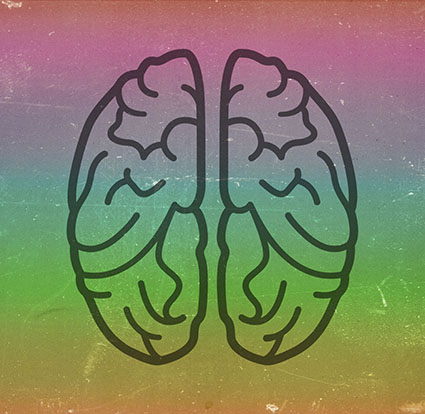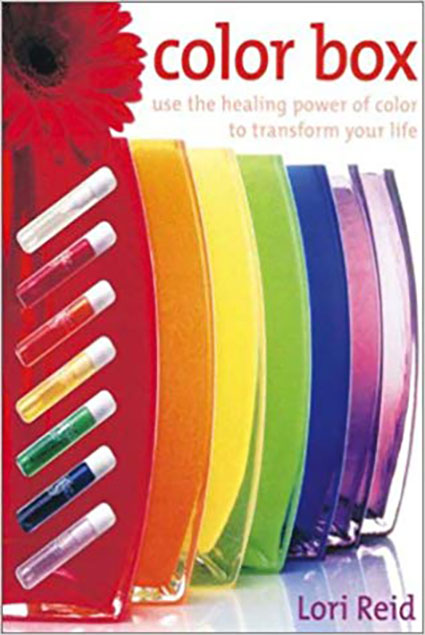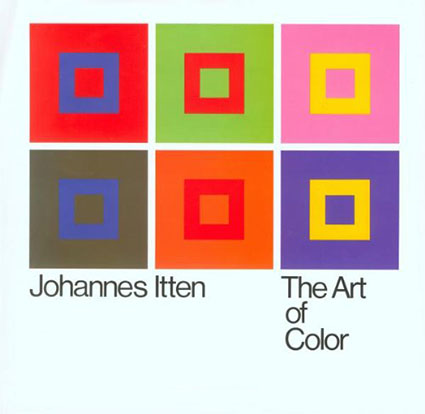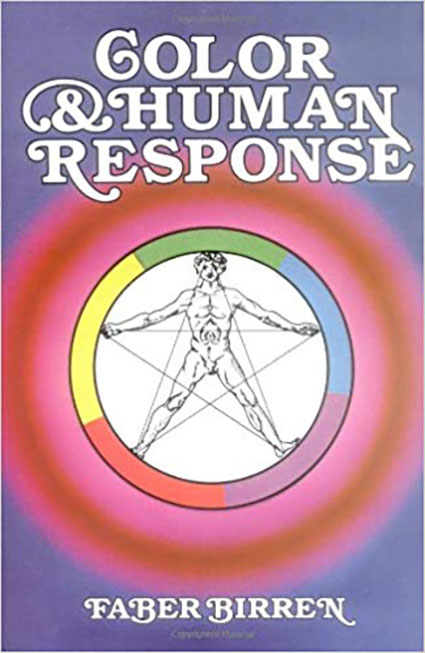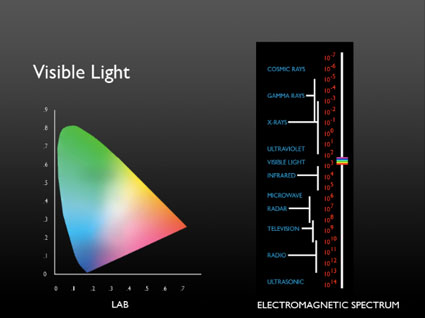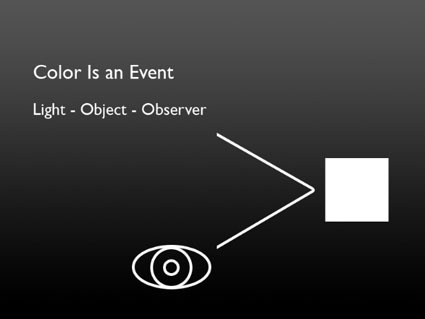Use A Little Gestalt Psychology To Make Your Compositions Stronger
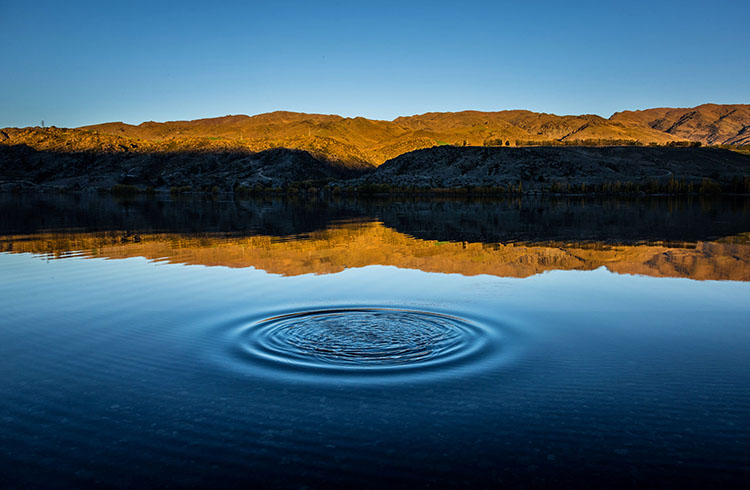
Motion attracts attention.
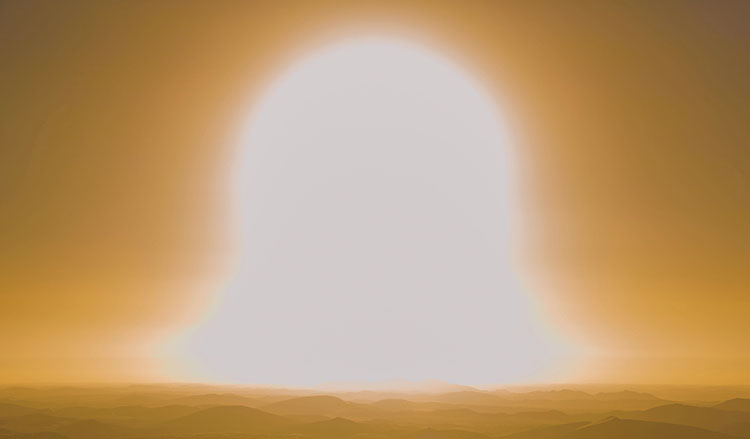
Danger attracts more attention.
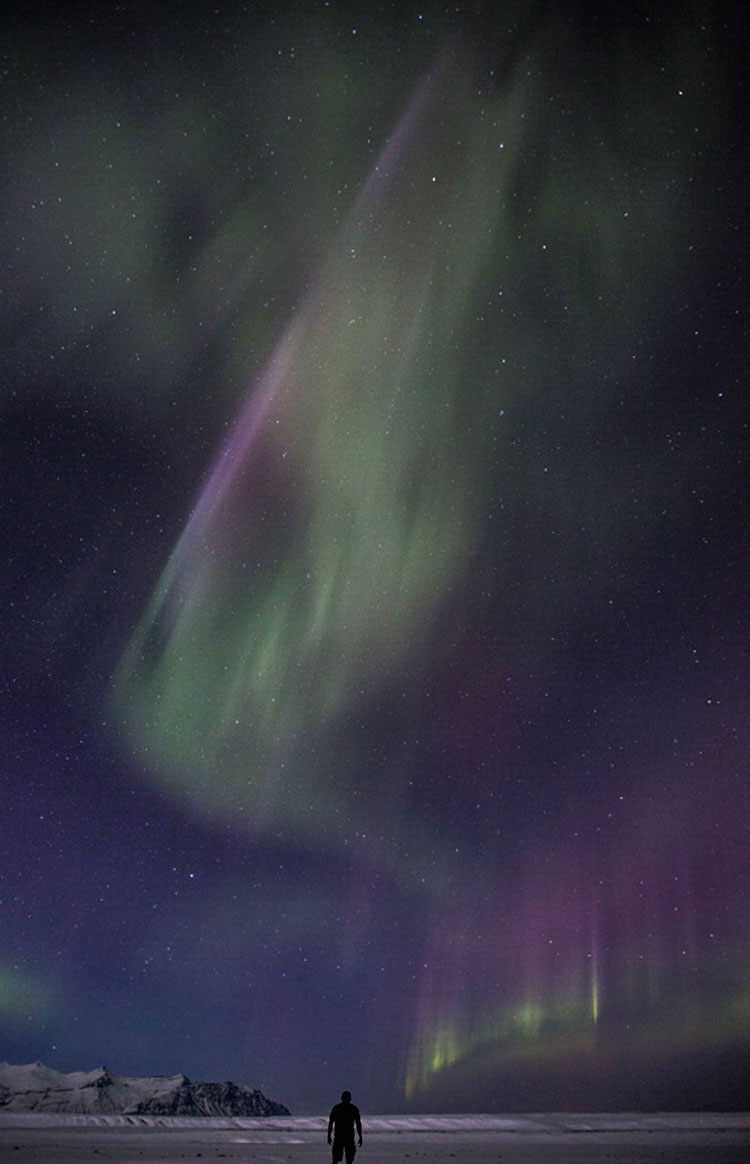
Including a person in an image does more than show scale; the person becomes the main actor in the scene.
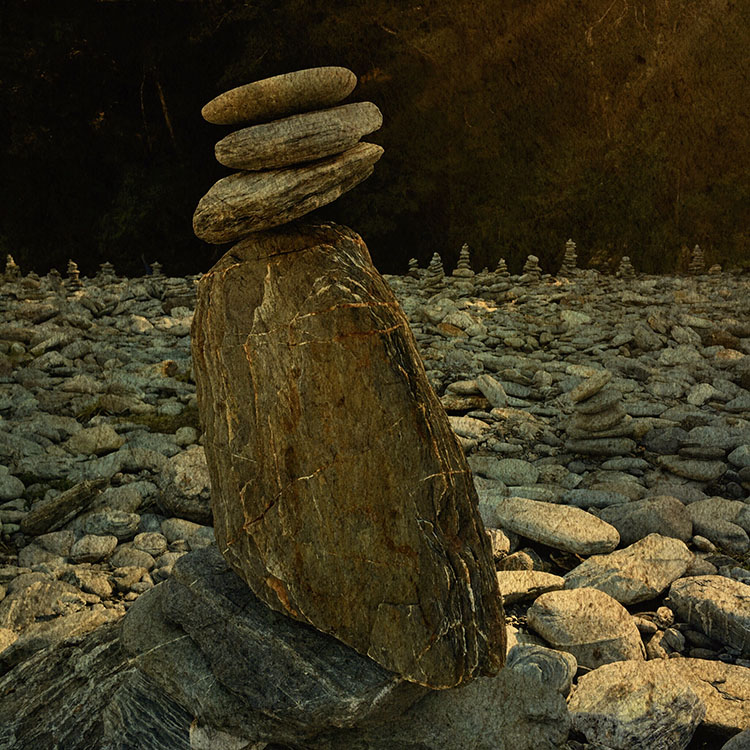
Typically, man-made objects are almost as interesting as the people who make them, sometimes more.
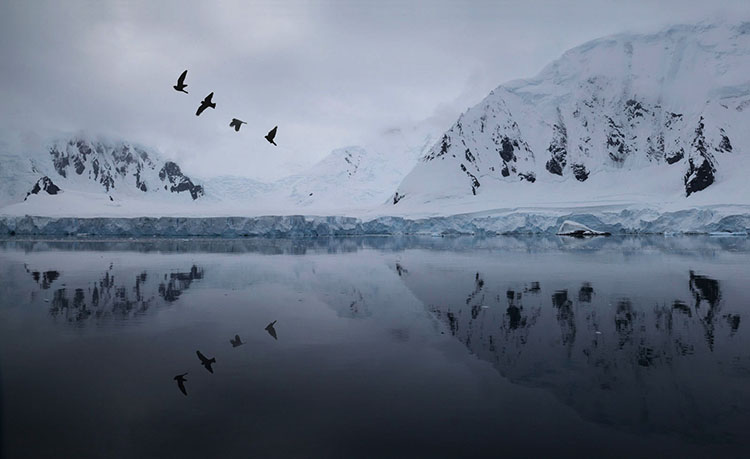
Animals are almost as captivating as people.
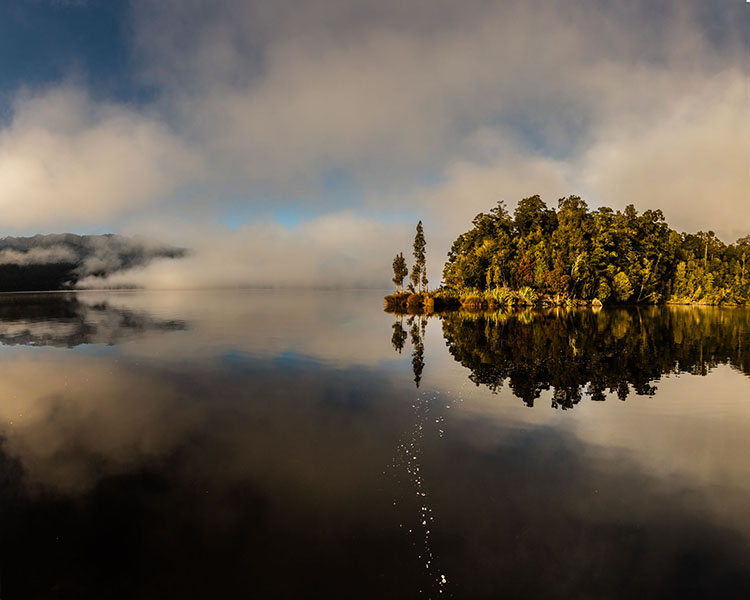
Though they demand less attention than animals, plants still demand more attention than minerals.

Metaphor, especially anthropomorphism, helps establish human interest in animate elements.
You can use psychology’s insights into perception to creatively enhance your compositions. Psychological forces not only divert the flow of the eye through images but also change reactions to image content in specific ways.
While all psychologists agree that perceptions are the products of complex interactions between a variety of stimuli, not all fields of psychology have the same focus and so they offer different insights. One field of psychology offers a particularly rich set of theories for understanding perception – gestalt psychology.


